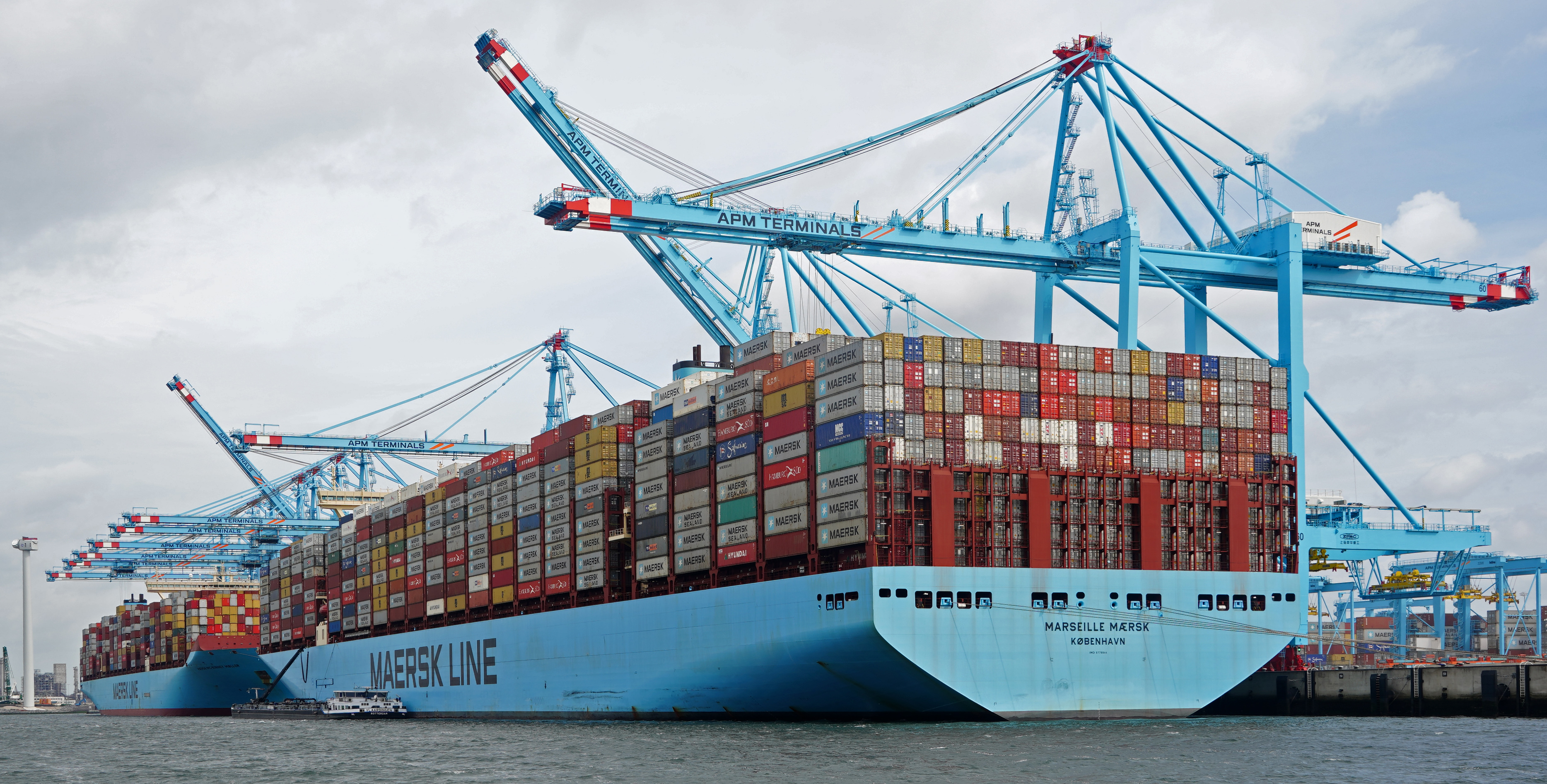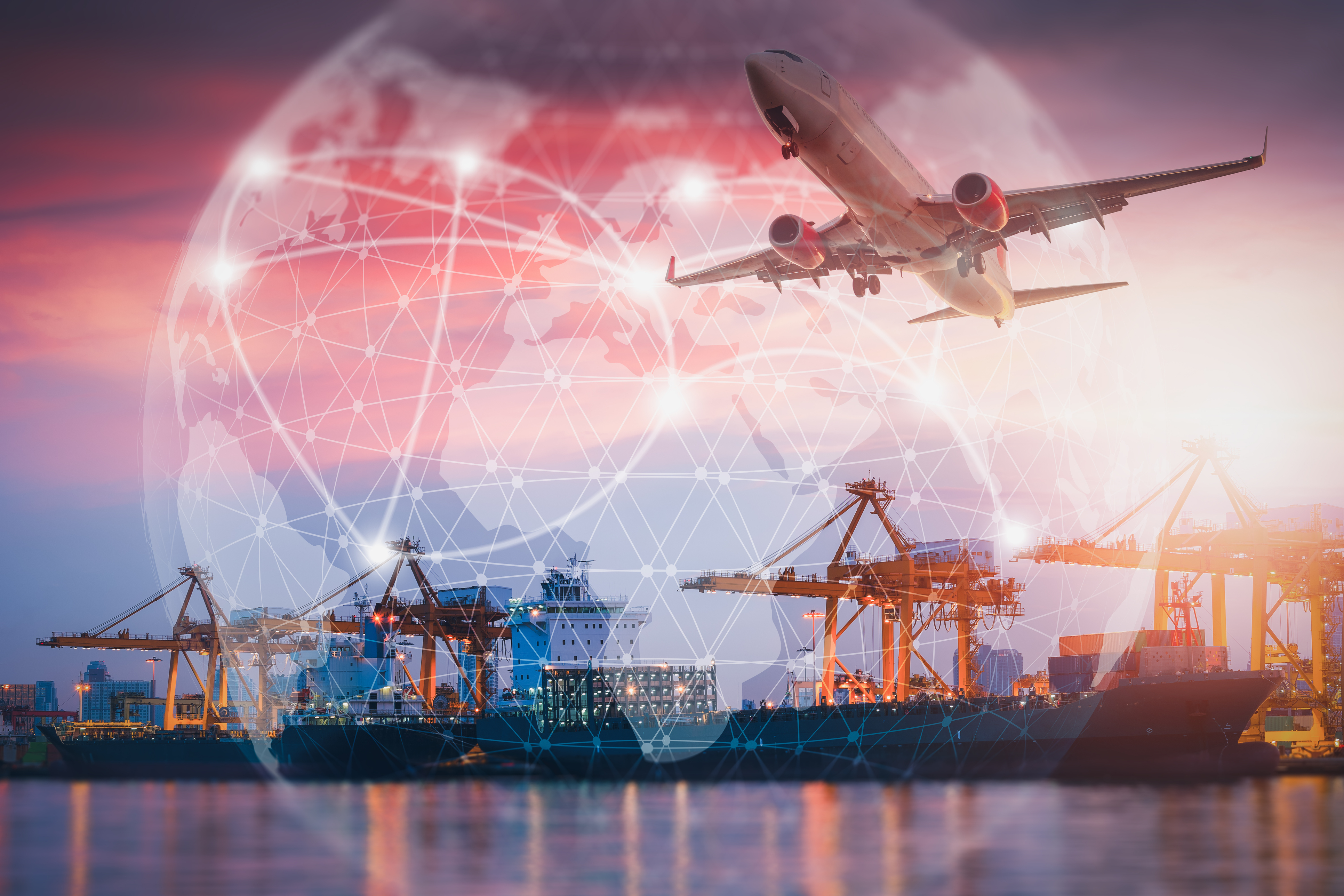The sea freight market is experiencing a transformative period, with various challenges and opportunities shaping the industry landscape. As businesses strive to optimize their supply chains and maintain competitiveness, it’s crucial to stay informed about the latest trends and adapt accordingly. In this blog post, we’ll explore the current state of the sea freight market and shed light on key factors affecting it.
1. Surge in Demand and Capacity Constraints
The demand for sea freight services has surged in recent times, leading to capacity constraints. Factors such as port congestion, vessel shortages, and labor disruptions have created significant challenges for shippers and freight forwarders. To mitigate these issues, proactive planning, agile supply chain management, and collaboration with reliable logistics partners are essential.
2. Freight Rates and Supply-Demand Imbalance
The sea freight market has witnessed unprecedented rate increases due to the supply-demand imbalance. Carrier alliances, global trade fluctuations, and operational challenges have contributed to skyrocketing freight rates. To navigate this environment, businesses must explore options such as long-term contracts, alternate shipping routes, and partnerships with logistics providers offering competitive pricing and reliable services.
3. Digital Transformation and Enhanced Efficiency
Digitalization is rapidly reshaping the sea freight market. Technologies like blockchain, Internet of Things (IoT), and artificial intelligence (AI) are streamlining operations, enhancing transparency, and improving supply chain visibility. Embracing digital solutions can help businesses optimize their shipping processes, reduce costs, and gain a competitive edge in the market.
4. Sustainability Initiatives and Greener Practices
Increasing environmental concerns and regulatory pressure have pushed the industry towards adopting greener practices. From eco-friendly vessels to sustainable packaging solutions, there is a growing emphasis on reducing carbon emissions and minimizing the ecological impact of sea freight operations. Shippers can align their sustainability goals by collaborating with logistics partners committed to eco-friendly practices.
5. Trade Dynamics and Market Influences
Geopolitical events, trade agreements, and policy changes significantly influence the sea freight market. Ongoing trade tensions and the evolving global economic landscape impact shipping routes, trade volumes, and market dynamics. Staying updated on trade regulations, geopolitical developments, and emerging markets can help businesses adapt their strategies and seize new opportunities.
Despite the challenges, the current sea freight market also presents opportunities for businesses. By leveraging technology, optimizing supply chain processes, and cultivating strategic partnerships, companies can enhance efficiency, reduce costs, and improve customer satisfaction.
In conclusion, the sea freight market is undergoing significant changes, driven by capacity constraints, freight rate fluctuations, digital transformation, sustainability initiatives, and trade dynamics. By closely monitoring these trends, businesses can proactively address challenges, capitalize on opportunities, and create a robust and resilient supply chain.
Remember, successful navigation of the sea freight market requires adaptability, collaboration, and a forward-thinking approach. Stay informed, embrace innovation, and work with trusted logistics partners to ensure smooth sailing in today’s complex shipping environment.






